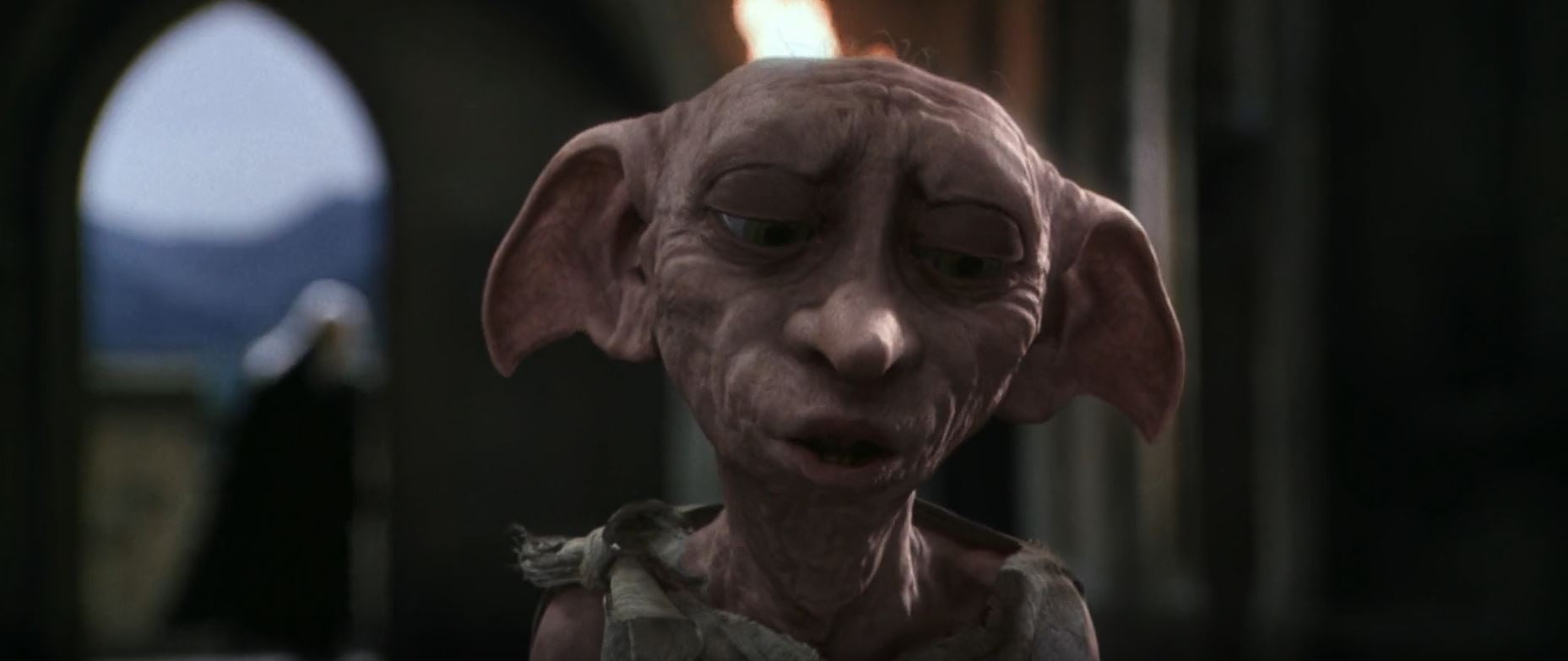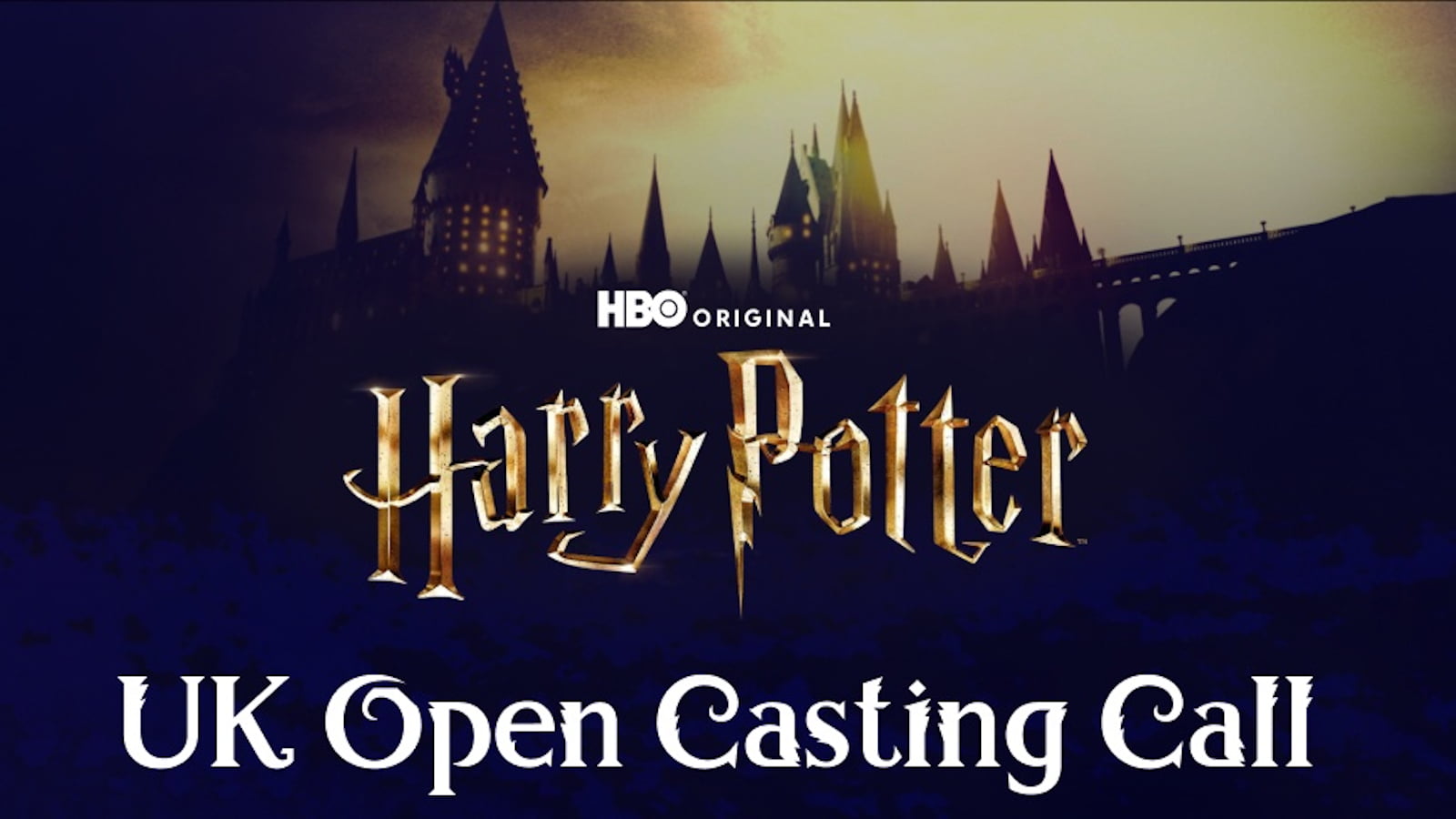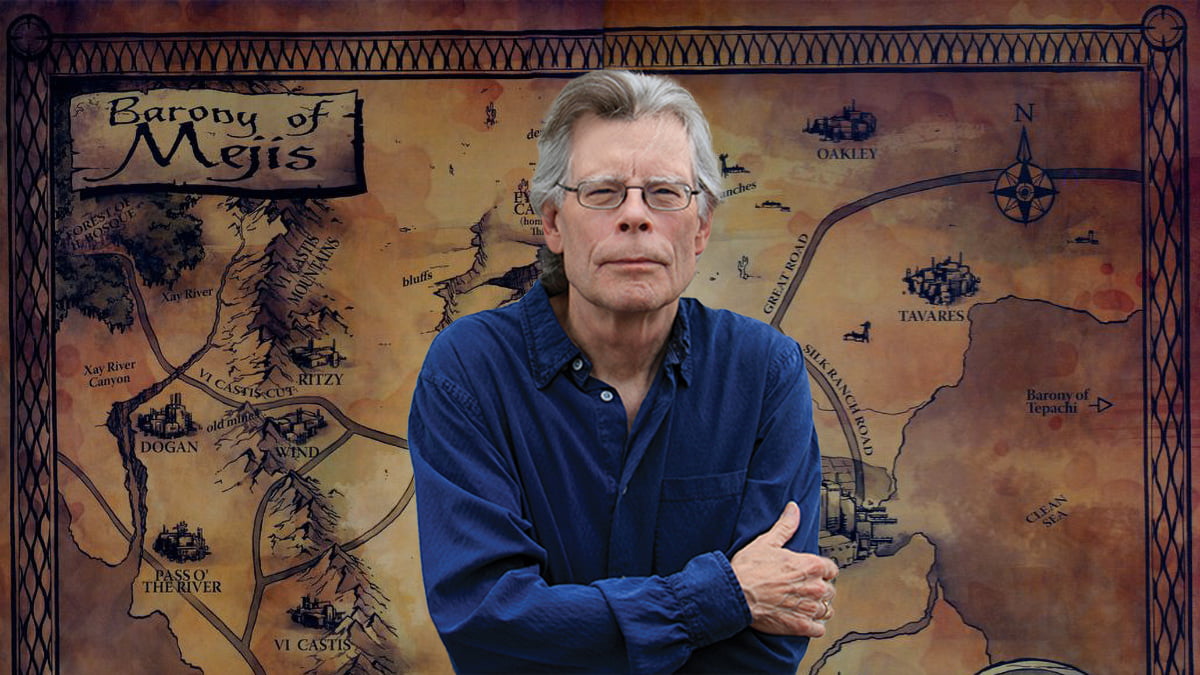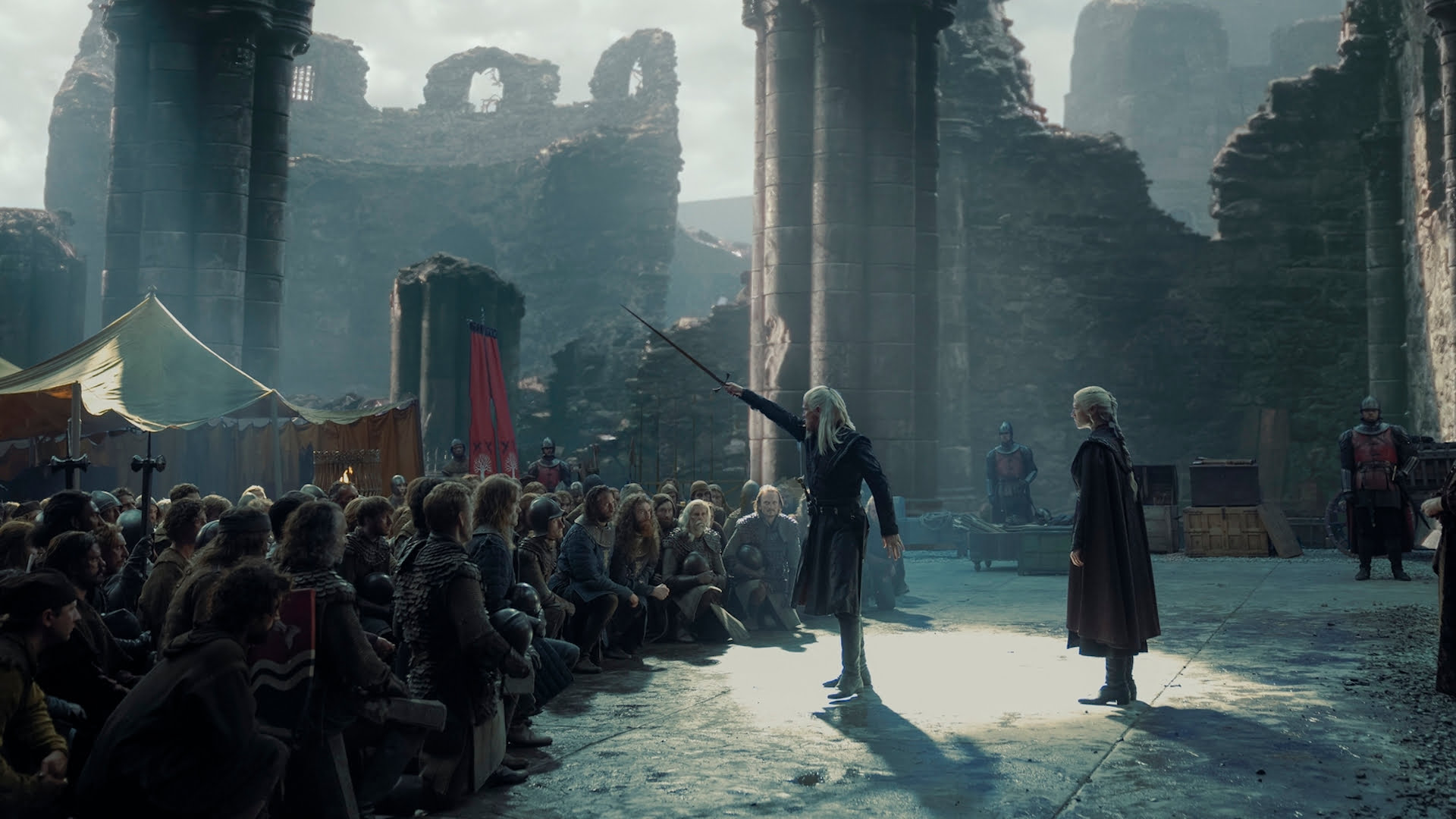In the shadowy corners and luminescent halls of the wizarding world, an array of Beasts, Beings, and Spirits coexist with witches and wizards, each with their own lore, intrigue, and role within the magical ecosystem. This comprehensive catalogue ventures beyond the mere enchantment of these creatures, delving into the very essence of their existence as defined by Grogan Stump’s pivotal classification. From the soul-chilling Dementors to the alluring Veela, from the industrious House Elves to the enigmatic Wood Nymphs, each entry is a doorway to the extraordinary. Herein lies an invitation to explore the profound diversity and complexity of these magical entities, an exploration that promises to illuminate the oft-overlooked corners of the wizarding world’s rich and living tapestry.
A Being, is any creature with sufficient intelligence to understand wizarding laws and to bear part of the responsibility shaping those laws.
Grogan Stump
A Being, is any creature with sufficient intelligence to understand wizarding laws and to bear part of the responsibility shaping those laws. – Grogan Stump
Banshee
Banshees look like women with floor length black hair and skeletal, green-tinged faces. They produce long, wailing shrieks. A banshee used to live in Bandon.
References: CoS, Chapter 6. PoA, Chapter 7.
Dementors
Dementors are cloaked figures. Under their black cloaks their skin is glistering, grayish, slimy-looking and scabbed. Their faces are completely hidden beneath the hoods of their cloaks. They do not have eyes so they cannot see. They feel their way towards people by sensing their emotions. They glide over the ground. Their mouths are gaping, shapeless holes that suck the air with a sound of a death-rattle. These long, hoarse, rattling breaths suck all the happiness and warmth out of the air. When Dementors are around, everything starts to go black and cold. Dementors are amongst the foulest creatures that walk this earth. They infest the darkest, filthiest places. They glory in despair. They drain peace. They drain hope and happiness out of the air around them. If a person gets too near a dementor, every good feeling, every happy memory, will be sucked out of that person. The individual will be forced to relive the worst experiences of that person’s life. A witch or wizard may be drained of his or her powers if left in the presence of dementors for too long.
Dementors are not fooled by tricks, disguises or even Invisibility Cloaks.
The only time dementors lower their hoods is when they use their last and worst weapon: The Dementor’s Kiss. The dementor clamps his jaws upon the mount of its victim and sucks out the victim’s soul.
Muggles cannot see dementors, but can feel their presence. Squibs, wizards and witches can see dementors.
Eating chocolate after a encountering a dementor will alleviate the effects of such encounter. Dementors can be repelled by a Patronus. A Patronus is a kind of positive force which acts as an anti-dementor. It is a shield between the witch or wizard casting the Patronus Charm and the dementor. It is a projection of the very things the dementor feeds upon: hope, happiness, and the desire to survive. A Patronus cannot feel despair, as real humans do, so it is unaffected by the dementor.
The dementors used to guard the wizard prison, Azkaban, but left to rejoin Voldemort.
References: PoA, Chapters 5, 6, 10, 12, 19 and 20. GoF, Chapter 27. OotP, Chapters 1, 8, and 38.
Dwarves
Not much is mentioned about Dwarves, though they live in the magical world. Professor Flitwick is sometimes referred to as a dwarf, due to his size. Dwarves stick to their own business most of the time.
References: PoA, Chapter 4.
Ghosts
A witch or wizard can leave an imprint of him or herself upon the earth, to walk palely where his or her living self once trod. Few witches and wizards choose this path, most will choose to move “on” instead of the half-life they would have as Ghost. No one really knows what makes a witch or wizard decide to become Ghost and return, though some will argue that those who are afraid of Death stand a much better chance at taking the Ghost route.
A ghosts are pearly-white and slightly transparent, and is not bothered by solid walls or other objects. They float instead of walk. It is perfectly possible to have intelligent conversations with Ghosts; becoming Ghost does not rob the witch or wizard from their ability to talk, but from the ability to breathe, eat and drink. Many ghosts find those the most sorrowful in their existence, missing a normal meal greatly.
Some Ghosts choose to celebrate their death day, that is, the day the witch or wizard died and became a ghost. As many Ghosts are very sensitive to being referred to as “living” they rather not think about their birthday.
The Ministry of Magic does regulate ghosts that stray out of bounds. Not all Ghosts are friendly and nice. In the event a Ghost stalks a witch or wizard, that witch or wizard can go to the Ministry of Magic to stop the stalking, or evict the Ghost from their property.
There is no way for a Ghost to ever stop being a Ghost. The choice they made at their Death my well haunt them forever.
Not only Witches or Wizards have the choice to become Ghosts, Horse Ghosts have also been reported.
References: PS/SS, Chapters 7 and 16. CoS, Chapter 8. GoF, Chapter 25. OotP, Chapter 38. HBP Chapters 8, 19, 21, 23 and 30. DH, Chapters 17, 25, 29, 31,33 and 34
Giants
Giants are large human-like creatures. They can average about twenty feet in height but can reach heights of twenty-five feet. Giants have heads much larger in proportion to the rest of their body and are perfectly round. Giants are not the most intelligent beings. They do not like wizards or magic. It is very difficult to stun a giant with a Stunning Spell. Their snoring can cause avalanches.
Proof that the Giant is Humanoid, can be seen from the fact that Giants and Wizards can inter-breed. They speak several languages, depending on where the Giant came from and who he or she has been in contact with. Many Giants speak English to some degree. In the books, both Hagrid and Madame Maxime are classified as Half-Giant, and prejudice against Giants and their brutal nature prevents both from talking about their parentage much. Though Giants might be brutal, their cross-human offspring most definitely doesn’t have to have inherited those characteristics!
There used to be a hundred different tribes from all over the world. Bloodthirsty and brutal, the giants brought themselves to the point of extinction by warring amongst themselves during the last century. Most of those in Britain were killed by aurors because they supported Voldemort. There are currently about eighty giants left. They live together in caves in the mountains of Eastern Europe. There are no giants left in Britain.
Gigantism seems common in Magical Creatures. Giant Horses, Giant Spiders and Giant scorpions are all part of the Wizarding World.
References: GoF, Chapters 23 and 24. OotP, Chapters 20, 30 and 31. HBP Chapter 8 and 11, 28, and 30.
Goblins
Goblins are cleaver creatures with swarthy faces and very long fingers and feet. Goblins speak Gobbledegook though some can speak English. They do not have the same rights as wizards, for example, they are not allowed to carry a wand, like many other magical beings. The wizarding bank, Gringotts, is run by Goblins, and has the reputation of being extremely safe to keep your gold, as Goblins are very proud about their works and crafts and will do anything to prevent your possessions in their care from being stolen.
Goblins are fine craftsmen. They make indestructible Armour and cast wizard money. Those that cast wizard money are giving a unique number which is engraved on the metal coins they cast.
Goblins have launched bloody and vicious rebellions over the centuries. There was on in 1612. Numerous others took place during the eighteenth century.
There is a Goblin Liaison Office at the Ministry of Magic.
The nature of a Goblin is slightly different from that of a human. Goblins for one, handle a different sense of ownership. The items they sell, are expected to be given back in their care after the buyer dies. As wizards do not share this view, it is the cause of many arguments and misunderstandings between both races. Those working with Goblins must soon learn that Goblins have no problems double crossing wizards as they feel they so often are double crossed themselves.
References: PS/SS, Chapters 5 and 15. PoA, Chapter 5. GoF, Chapters 7, 15, 22, and 24. OotP, Chapters 5 and 20. HBP, Chapters 4 and 6. DH, Chapters 12, 15, 22, 23, 24, 25, 26 and 27.
Hags
Hags move amongst wizards and witches but are not adept at disguising themselves. Some have been known to eat raw liver, as they are of course deprived from their primary food; children. Hags are nevertheless intelligent beings, able to manage themselves well despite their inability to stay well hidden from Muggles. Their nature makes the Hag a doubtful creature, some might refer to as a Beast rather than Being.
References: PoA, Chapter 4. GoF, Chapter 19.
House-Elves
House-elves are creatures with bat-like ears, eyes the size of tennis balls and long fingers and feet. They are typically bald, but some might be found with multitudes of ear-hair poking out. They mostly have high-pitched voices, but the voice of the House Elf varies between male and female elves, and just as with human voice might be higher or lower.
House-elves are bound to serve one family forever, and are usually proud of the family they serve. Families that have house-elves are usually old, rich wizarding families. House-elves keep the secrets of the families they serve, and are supposed to uphold the honor of the families they serve. Most will do so willingly, others are bound by their enslavement to punish themselves severely if they do not.
House-elves are not supposed to speak ill of their families. House-elves have their own brand or powerful magic. They can vanish with a cracking sound and reappear elsewhere, and many Witches and Wizards would take little notice of the House Elf’s’ own magic. A House Elf can act against their Masters will, but will mostly choose not to do so.
House-elves have endured enslavement for a long time. House-elves believe that it is a disgrace to be paid for their work, to have time off or to wear proper clothes. The elves themselves claim to be extremely happy doing their work and looking after wizards, there is little to support the suggestion that elves have actually been brainwashed into believing they are happy with their position. Even Dobby, once set free by Harry Potter, while wanting wages and time off, was devastated when offered too much time off and pay; he likes working more.
The only way a house-elf may be freed is to be given clothes. Only then the house-elf is released of it’s magical bound with their Master and Family. It is uncertain who are able to give a house-elf clothes. The book Chamber of Secrets suggests, that only the owner can set a house-elf free, though Hermione seems to be convinced of the opposite in later books, trying to free elves by leaving clothes for them in the Gryffindor Common room, whilst she is not the Master or Owner of the Hogwarts House-elves.
Hogwarts has over a hundred house-elves, which is the largest concentration of house-elves in Britain.
References: CoS, Chapters 2, 3, and 10. GoF, Chapters 8, 9, 12, 14, and 21. OotP, Chapter 6. HBP, Chapters 3, 11, 19, 20, 21, 22 and 23.
Mummies
The brief mention of the Mummy in Prisoner of Azkaban suggest a mummy would exist, though there is no evidence in the books this is actually the case. It is therefor impossible to properly classify the mummy as Being or Beast, though as a Mummy is the bandaged corpse of a dead person, one might want to classify the mummy as “spirit”
References: PoA Chapter 7.
Ogre
This being is mentioned briefly by Ron and Hermione in Prisoner of Azkaban, where they claim to have seen an Ogre in the Three Broomsticks. This sighting would suggest that the Ogre does not fall under the Beast Division as Ogres would mingle with witches and wizards. The Ogre is not further discussed.
References: PoA, Chapter Eight.
Poltergeists
Poltergeists cause havoc and distress. They can become invisible at will. They are not usually transparent and can interact with solid objects. They are like ghosts in that they float instead of walk. A poltergeist behaves and acts in a resembles of the Pixy: they are extremely troublesome and thrive on chaos, of which they of course like to be the shining creator themselves. Rarely will they assist others or even listen or take orders, though Peeves, the Hogwarts Poltergeist can be spotted listening to both Albus Dumbledore and the Bloody Baron, Slytherin Ghost.
References: PS, Chapter Seven.
Vampires
The appearance of the vampire is basically that of any witch or wizard, though their skin gives them away, it is a lot more waxy. Of course the teeth are a second hint at the Vampires true nature. While Vampires can be found world wide, in the books they are mentioned to be found in Minsk, Romania and the Black Forest.
Honeydukes in Hogsmeade carries blood-flavoured lollipops, presumably for vampires in the area.
The Ministry of Magic keeps close tabs on Vampires and has a Division for the Disposal of them. However, this view seems slightly misguided as they are listed as “Being” and are expected to overcome their nature to draw blood from innocent humans.
Vampires are often written about.
References: PS/SS, Chapters Five and Eight. PoA, Chapters Three and Ten. OotP, Chapter Twenty. HBP, Chapter 15
Veela
Veela look like tall, beautiful women. Their skin shines as bright as moonlight and their white-golden hair fans out behind them without wind. They can entrance and mesmerize men with their looks, beautiful music, and dancing. When angered, their faces change into sharp, cruel-beaked bird heads. Long, scaly wings burst from their shoulders and they can throw handfuls of fire.
Some wandmakers use their hair to make wands. However, veela hairs can cause wands to be very temperamental.
Veela can be crossbred with humans, as proven by Fleur Delacour, who later marries Bill Weasley. Her grandmother was a Veela. While only half veela, Fleur still possesses the ability to mess with a man’s head and make them wish to do grotesque and mainly stupid things to impress the veela.
Veela are the mascots for the Bulgarian National Quidditch team, which suggest that Bulgaria is the country that Veela originated in.
References: GoF, Chapters Eight, Nine and Eighteen, and mentionings of Fleur Delacour in several books.
Wood Nymph
Little is discussed about the Wood Nymph, which probably falls under the Being listing for it is able to sing serenades, and a choir of wood nymphs sings during Christmas at Beaubatons Castle.
References: GoF, Chapter Twenty-Three.
Zombie
The zombie is barely mentioned in the books, but supposedly, the same rules go for the Zombie as for the Mummy, classifying them as “spirits”
References: PS, Chapter Eight.






